Home>Ideas and Tips>Set The Mood With Magical Lighting Techniques
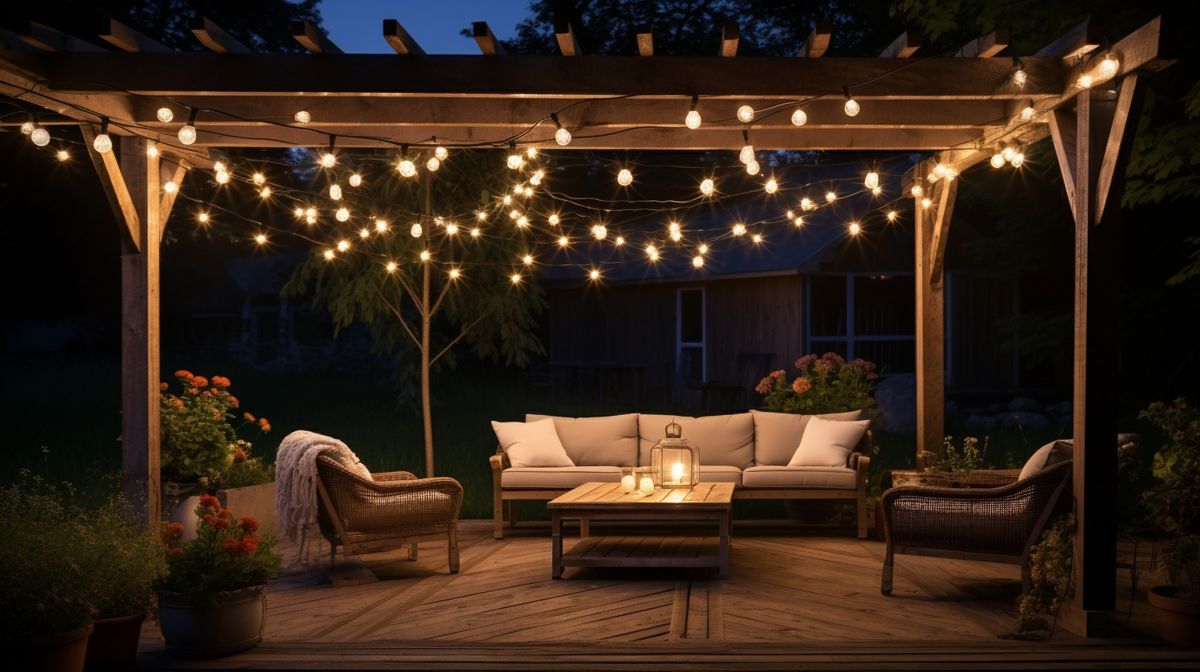

Ideas and Tips
Set The Mood With Magical Lighting Techniques
Published: October 23, 2024
Discover how magical lighting techniques can transform any space, evoke emotions, and enhance storytelling in film, photography, and home decor.
(Many of the links in this article redirect to a specific reviewed product. Your purchase of these products through affiliate links helps to generate commission for Storables.com, at no extra cost. Learn more)
Lighting is one of the most powerful tools in any creative medium, whether it's film, photography, or even home decor. It has the ability to transform a space or scene into an immersive experience that evokes emotions and tells stories. In this article, we will delve into the magical world of lighting techniques and explore how they can be used to set the mood in various contexts.
The Role of Lighting in Storytelling
Lighting is more than just a source of illumination; it's a conveyor of emotion and narrative. From the delicate portrayals in theater to the fervent energy of concerts, lighting plays a crucial role in storytelling and emotional expression. The shifts in lighting can guide the audience's emotions, enhance the immersion of a story, and even determine the success of a performance to an extent.
Read more: Lighting Magic: Set The Mood In Every Room
The Relationship Between Lighting and Emotion
The relationship between lighting and emotion is intricately linked. Varying the color temperature, intensity, and direction of lighting can create an array of atmospheres. For instance, warm yellow lighting is often used to evoke a sense of intimacy and coziness, reminiscent of home and tranquility. On the other hand, cooler tones like blue or green are typically employed to generate feelings of mystery, tension, or the unknown.
Rapid changes in lighting can mimic dynamic scenes such as chases or tense confrontations, whereas slow and soft lighting transitions are more suited for quiet, contemplative moments. Through these subtle manipulations of lighting, emotions can be guided wordlessly, drawing the audience deeper into the narrative.
Lighting Techniques for Creating a Story Atmosphere
Different types of lighting fixtures each play their unique roles in creating a story atmosphere. Spotlights are used to highlight key characters or objects, creating dramatic focus. Wash lights provide uniform background illumination, helping to set the overall mood of a scene. Moving heads, with their dynamic beams and color changes, are often employed for creating motion and visual impact.
The choice of color is paramount in lighting design. Different colors can evoke various emotions and associations. For example, red is often linked to passion and danger, while blue suggests calmness and contemplation. The intensity and direction of light are also crucial; they can be used to create shadow effects, adding depth and dimension to a scene.
How to Choose and Use Stage Lighting
Selecting and using stage lighting is both an art and a science. Understanding when and where to use specific types of fixtures is critical to achieving the desired effect. First, consider the nature of the event or performance. Is dramatic focusing required, or is there a need for a softer, overall ambiance? For instance, smaller theater productions might benefit more from precise spotlights and gentle wash lights, while large-scale concerts or events may call for more dynamic and vividly colored moving heads.
Secondly, the choice of color is crucial as different hues can convey different emotions and themes. Lighting designers need to consider how to use color to enhance the emotional depth of a performance. Additionally, the arrangement and control of lighting are key, as proper layout can maximize the use of light sources to create optimal visual effects.
Lighting in Games: A Tool for Mood and Storytelling
Lighting in games is a powerful tool that affects our feelings and draws us into the story. Warm colors make us feel excited, while cool colors make us feel calm. Dim light adds mystery, and bright light creates tension. Small details like shadows and highlights can direct the player’s attention or hint at upcoming events.
Read more: Shadows Of Style Mastering Mood Lighting
Types of Lighting in Games
Game artists use different types of lights to create realistic virtual worlds. Each type of light has a special purpose, helping to set the mood and tell a story. By using these different lights together, artists create engaging environments that tell stories and evoke emotions.
Lighting Materials
Just like painters choose their colors, game artists carefully pick materials to control how light interacts with their virtual worlds. These materials decide if surfaces absorb, reflect, or emit light, shaping the scene’s atmosphere. Real-time lighting changes in the game as you play, making it look much better but also requiring a balance to avoid making it look washed out or fake.
Lighting Styles for Different Moods
Lighting in games goes beyond just looking realistic; it’s a powerful tool that shapes how players feel and experience the game. Different lighting styles take us to different worlds, from realistic to fantastical.
Realistic Lighting
In realistic games, lighting mimics real-world behavior using accurate physics and rendering. Natural light sources like sunlight and moonlight create believable environments. An example is the immersive Wild West in “Red Dead Redemption 2.”
Stylized Lighting
Stylized games don’t aim for realism. Instead, they use exaggerated colors, unique shading, and creative light sources to create distinctive visuals. The vibrant, cel-shaded world of “Borderlands” is a great example.
Atmospheric Lighting
Atmospheric lighting focuses on creating specific emotions through color, intensity, contrast, and effects like volumetric lighting. “Dark Souls” uses dark, moody lighting to match its challenging gameplay and gothic setting.
The Art of Film Lighting
For over a century, the silver screen has enthralled spectators with its ability to convey them to fantastical worlds and evoke a kaleidoscope of emotions. This magic is also a testament to the often-underrated artistry of cinematic lighting, the invisible sculptor of a film's visual identity.
Key Light, Fill Light, Backlight
Lighting techniques become the secret language of filmmakers, a visual vocabulary that speaks without a single word. The three-point lighting setup is the foundation upon which countless variations can be built. By adjusting the intensity, position, and color temperature of each light source, it is possible to create a spectrum of moods and visual aesthetics.
- Key Light: This primary light source establishes the overall illumination level and sets the direction of shadows. It's like the lead singer in a rock band – it sets the tone for the entire scene.
- Fill Light: This light mitigates harsh shadows cast by the key light, creating a more balanced and natural look.
- Backlight: This light separates the subject from the background, adding depth and dimension to the frame. Imagine a spotlight on a performer – it makes them stand out from the backdrop.
Mood Lighting in Film
The strategic use of light and shadow can evoke a range of emotions. Harsh lighting with deep shadows can create a sense of unease or tension, while soft, diffused light fosters a sense of warmth and intimacy. For example, bright lamp lighting creates a special mood of romantic comedy in “Barbie” (2023).
Shadow Play in Cinema
Shadows can be powerful storytelling elements in their own right. Play with the length, direction, and intensity of shadows to add depth, mystery, or a sense of foreboding. Look at the play of shadows in “Nosferatu” (1922), which adds to its eerie atmosphere.
Lighting for Drama
Light often serves as a metaphor in film, highlighting moments of revelation. Consider the dramatic impact of a character emerging from darkness into the light or a lone spotlight illuminating a pivotal scene of betrayal. Watch how the lighting in “No Country for Old Men” (2007) emphasizes the darkness and drama.
Mastering the Mood with Photography Lighting
Lighting in photography is more than just illumination; it’s a storyteller. As photographers, we harness the power of light to evoke emotions and capture the essence of moments. The essence of a captivating photograph lies not just in the subject but in the play of light and shadows.
Creating Atmosphere
The intensity, direction, and quality of light contribute to the overall atmosphere of the photograph. Strategic lighting can highlight features, create depth, and bring out the best in your subjects. Different lighting setups can evoke various emotions, from joy and warmth to mystery and drama.
Lighting Techniques for Different Moods
- Soft Lighting: Achieved with diffusers, it’s ideal for newborn and family shoots, creating a tender and serene mood.
- Backlighting: Creates a halo effect, perfect for capturing the innocence and purity of a newborn.
- High Contrast: For dramatic and impactful portraits, high contrast lighting accentuates features and adds depth.
Understanding Light Sources
The journey begins with recognizing the different types of light sources. Natural light offers a spectrum of possibilities from golden hues at dawn to soft, diffused light on an overcast day. Artificial light provides control and consistency essential in crafting a specific mood.
The Direction of Light
The direction from which light falls on a subject dramatically alters the narrative of the image. Front lighting is straightforward and shadow-free, often used for clarity and simplicity. Side lighting introduces drama by emphasizing texture and form, while backlighting creates silhouettes and mystery, evoking intrigue and emotion.
Quality of Light
The quality of light whether hard or soft plays a pivotal role in setting the tone of the photograph. Hard light conveys starkness or harsh reality with sharp, well-defined shadows. Soft light is gentle and flattering, often used in family and newborn photography to create warmth and intimacy.
Crafting Mood in Cinema with Lighting Design
Lighting defines the mood, it sets the atmosphere, scene-by-scene. From the warmth of a romantic moment to the eerie or fantastic mood of a fantasy tale, it serves as another layer of storytelling, helping convey a character’s emotional state or simply further defining the visual identity of a film.
Key Concepts & Techniques in Lighting Design
Some key lighting techniques include:
- Three-Point Lighting: A staple in filmmaking that uses three light sources: key light, fill light, and back light. This setup provides depth and dimension while creating dramatic contrasts that highlight character features & emotions.
- High-Key Lighting: Reduces shadows and creates a bright, cheerful atmosphere commonly used in comedies and musicals.
- Low-Key Lighting: Creates stark shadows and high contrast ratios often used in thrillers and horror films.
- Natural Lighting: Using natural light can add realism and authenticity especially when world-building is paramount to the story.
- Practical Lighting: Actual light sources within the scene like lamps or candles add nuanced atmospheres to scenes.
Chiaroscuro
Chiaroscuro emphasizes bold contrasts between light & dark or different colors in the palette to create a sense of volume, depth, and complexity within a film. This dramatic effect often helps bring life to dystopian worlds & heavily stylized environments.
Conclusion
Lighting is indeed magical, transforming spaces and scenes into immersive experiences that evoke emotions and tell stories. Whether it's in theater, film, photography, or even home decor, understanding how to use lighting techniques effectively can elevate any creative endeavor. By mastering these techniques—whether it's adjusting color temperatures, using different types of lights, or strategically placing light sources—you can set the mood and guide your audience's emotions wordlessly.
In conclusion, magical lighting techniques are not just about illumination; they are about storytelling and emotional expression. By embracing these techniques, you can create environments that captivate audiences and leave lasting impressions.
Frequently Asked Questions
-
How can different lighting techniques enhance a game’s atmosphere?
Techniques like global illumination, screen space reflections, and volumetric lighting can create more realistic and immersive environments. For example, global illumination simulates light bouncing between surfaces, adding realism while volumetric lighting can create effects like God rays and fog. -
What are some key lighting techniques in film?
Key lighting techniques include three-point lighting (key light, fill light, back light), high-key lighting (reduces shadows), low-key lighting (creates stark shadows), natural lighting (uses real-world light sources), and practical lighting (actual light sources within the scene). -
How does photography lighting set the mood?
Photography lighting sets the mood by controlling intensity, direction, and quality of light. Different setups evoke various emotions—soft lighting for tenderness, backlighting for innocence, high contrast for drama—and understanding light sources whether natural or artificial is crucial. -
What role does lighting play in home improvement?
In home improvement, lighting plays a crucial role in setting the mood and enhancing the aesthetic appeal of a space. Different types of lighting fixtures like spotlights, wash lights, and moving heads can be used to create various atmospheres—from cozy to dramatic—depending on the context and desired effect.
By understanding these magical lighting techniques and applying them effectively across various mediums, you can transform any space or scene into an immersive experience that captivates audiences emotionally and visually.
Was this page helpful?
At Storables.com, we guarantee accurate and reliable information. Our content, validated by Expert Board Contributors, is crafted following stringent Editorial Policies. We're committed to providing you with well-researched, expert-backed insights for all your informational needs.
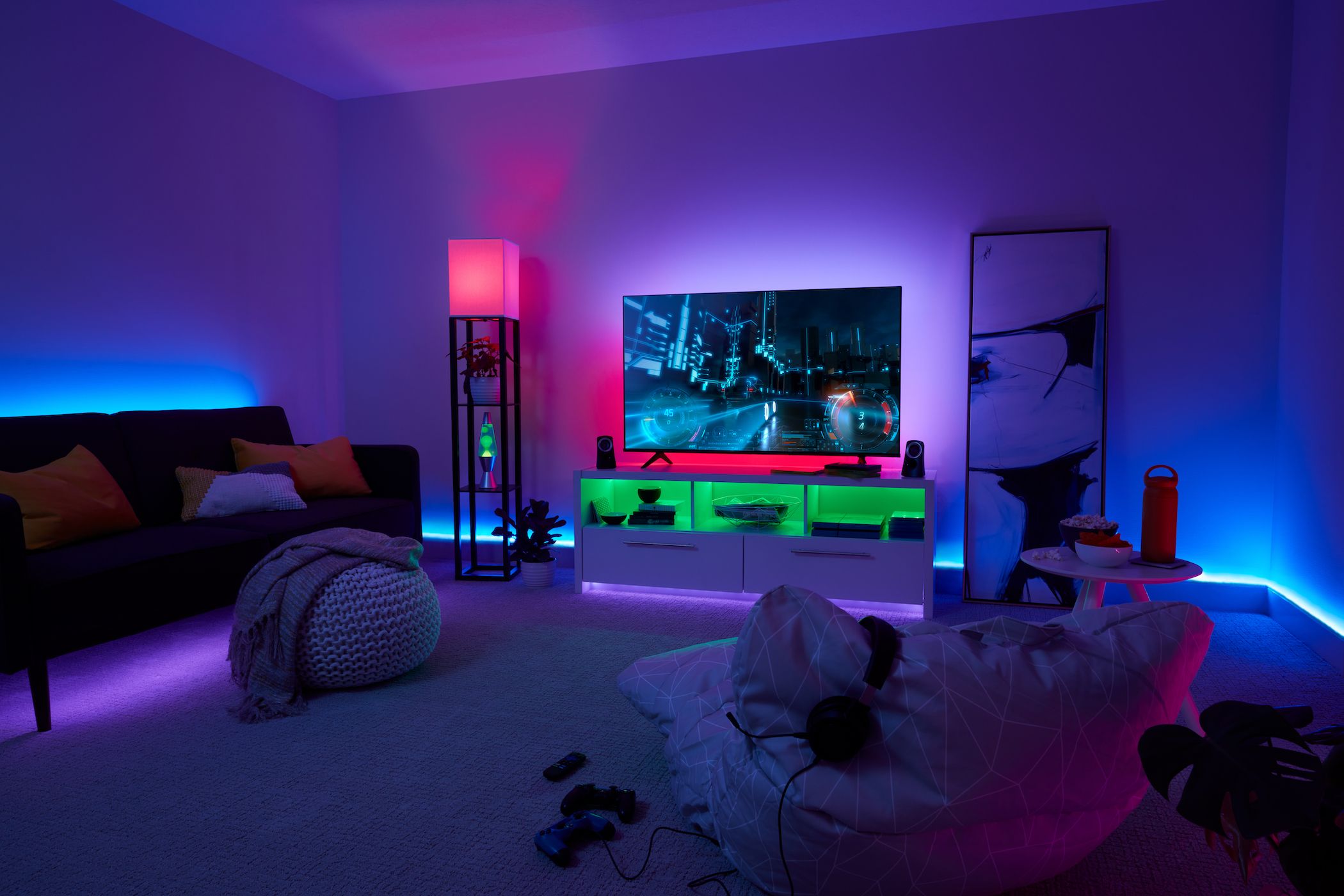
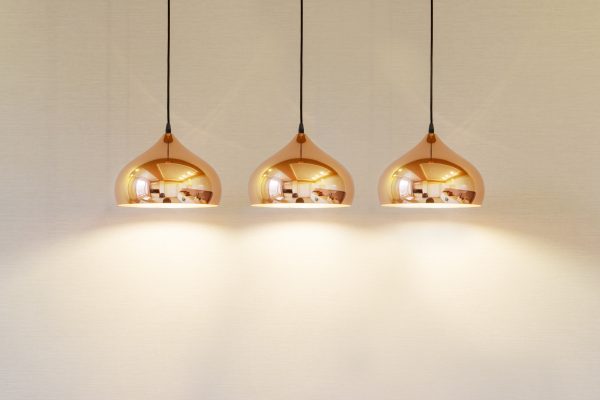

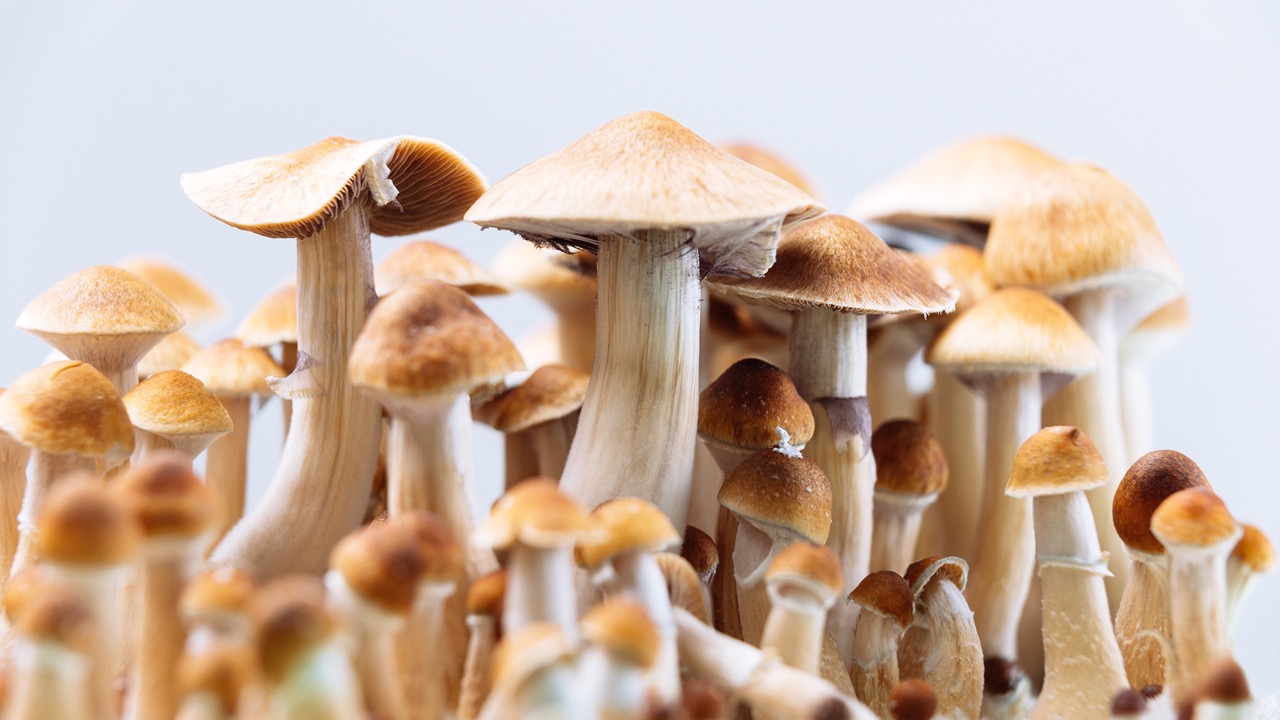
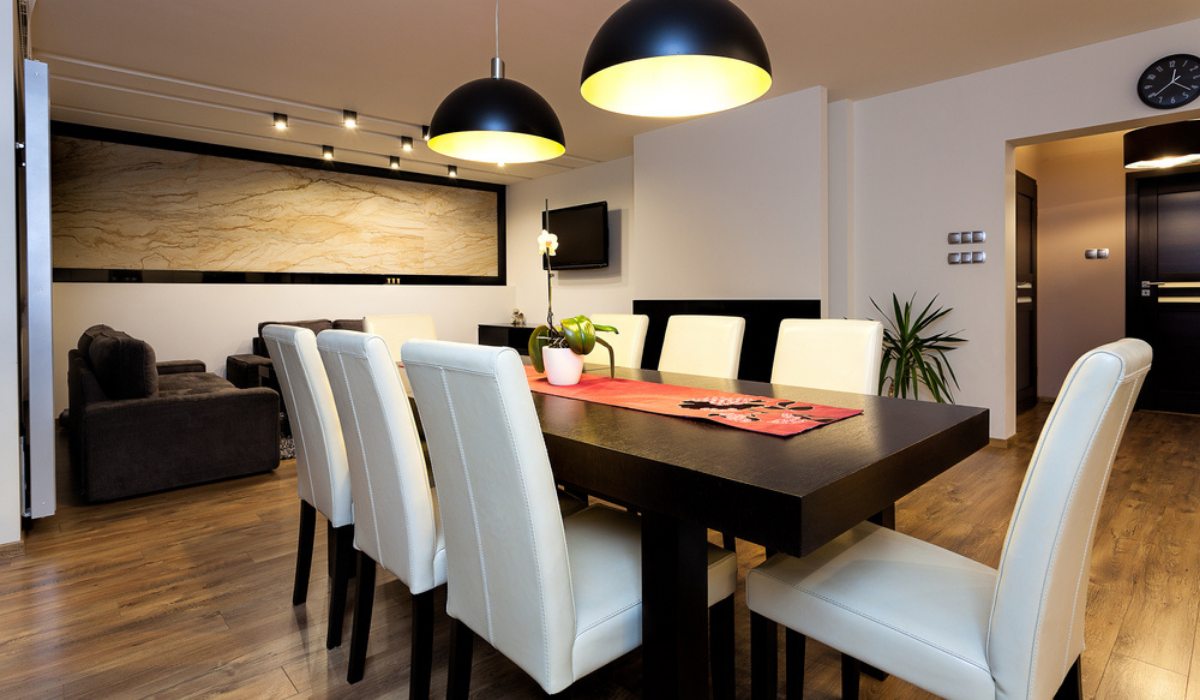
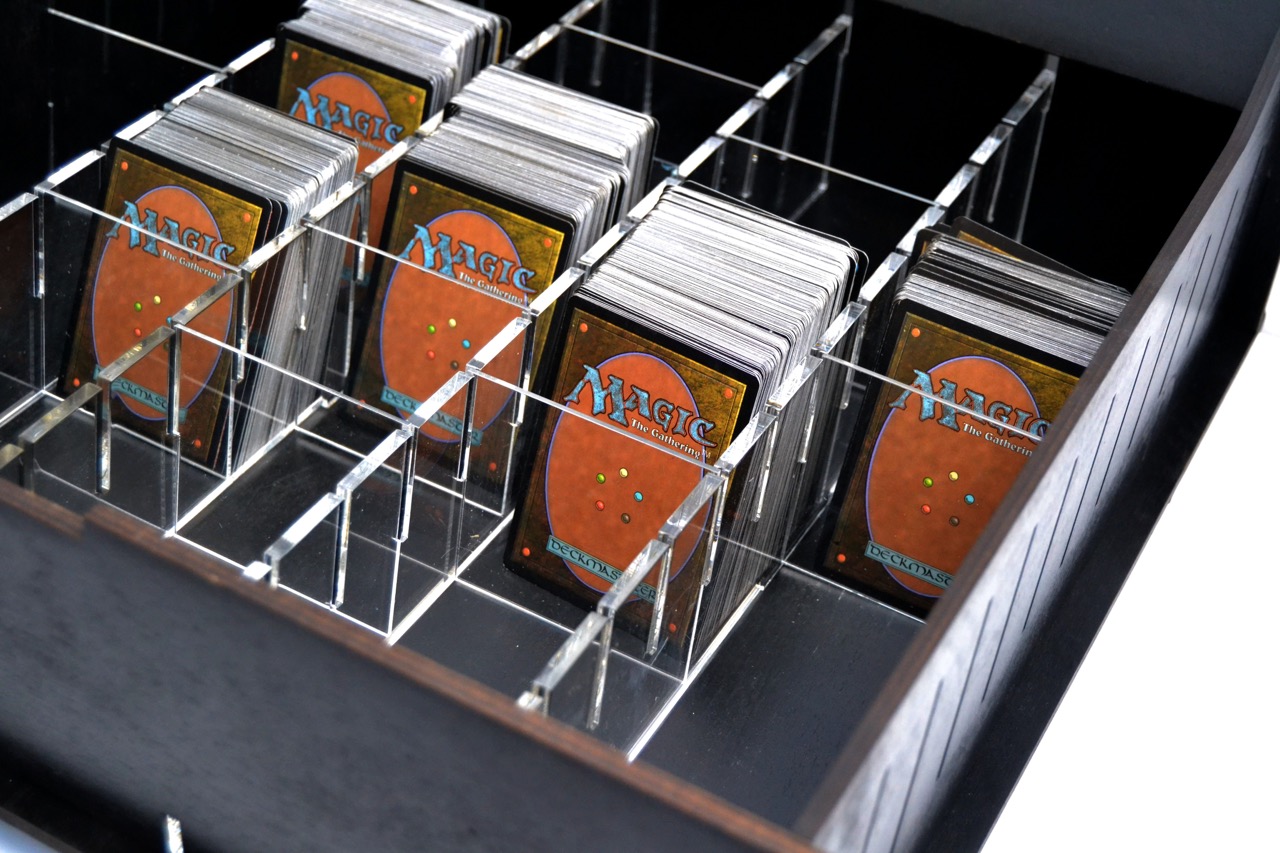

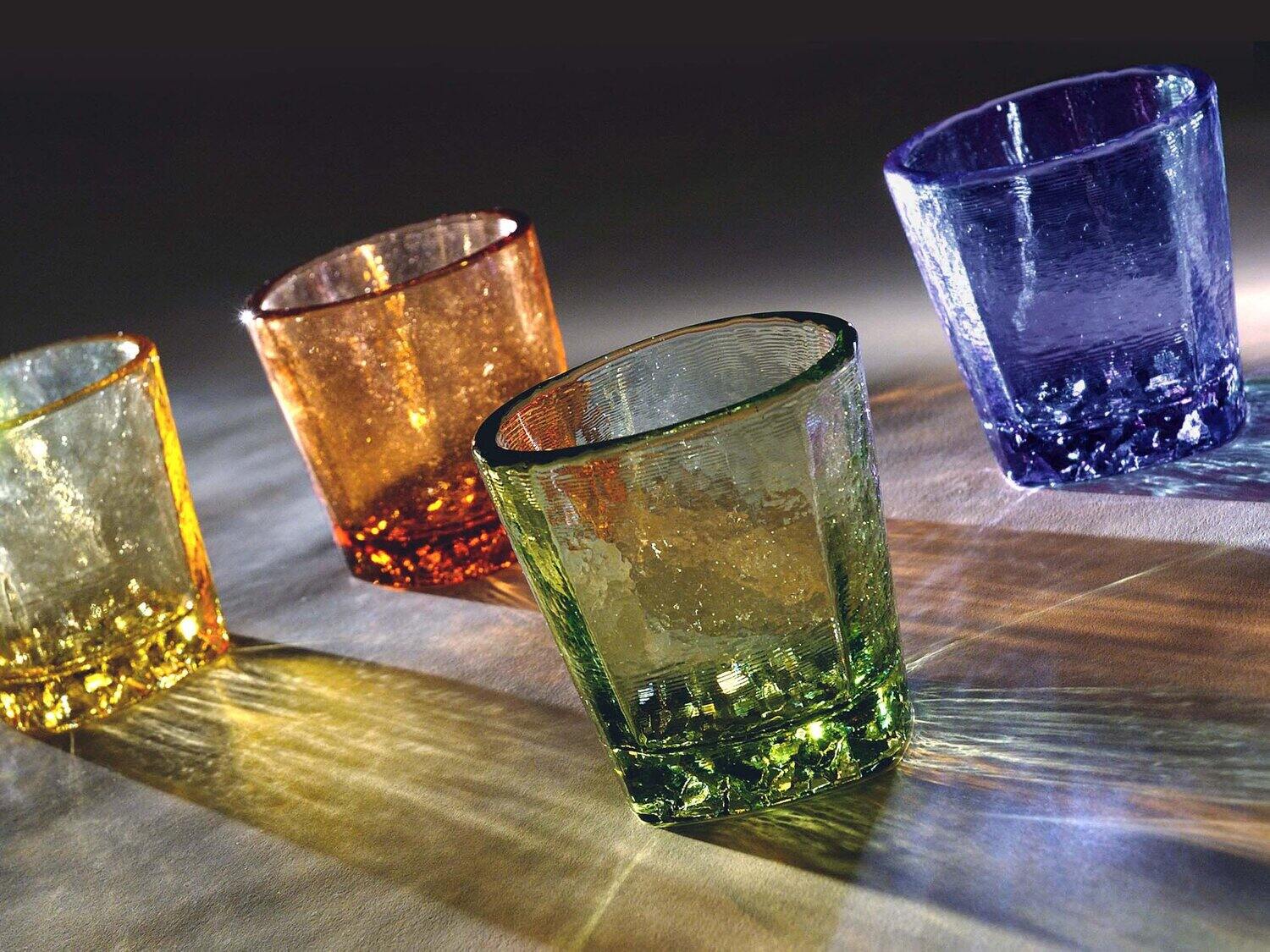
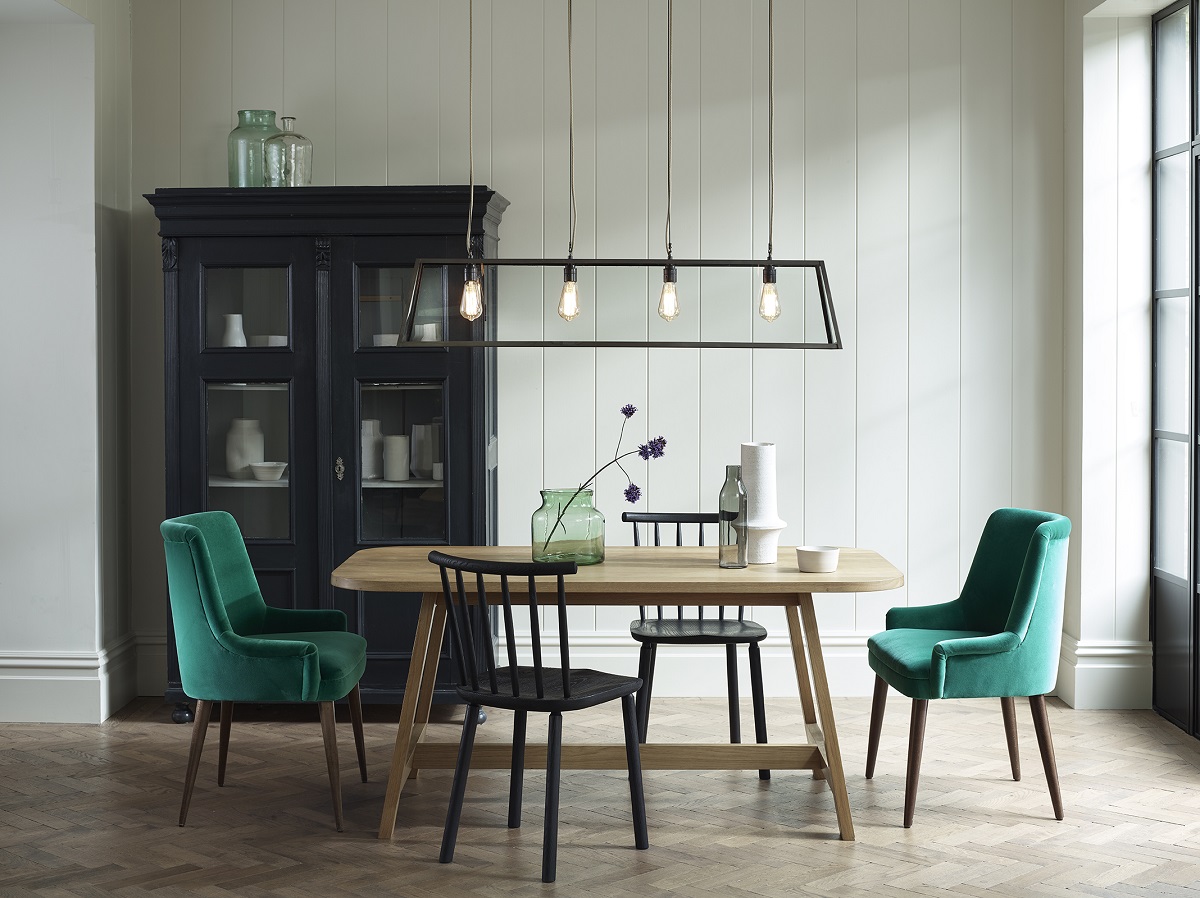
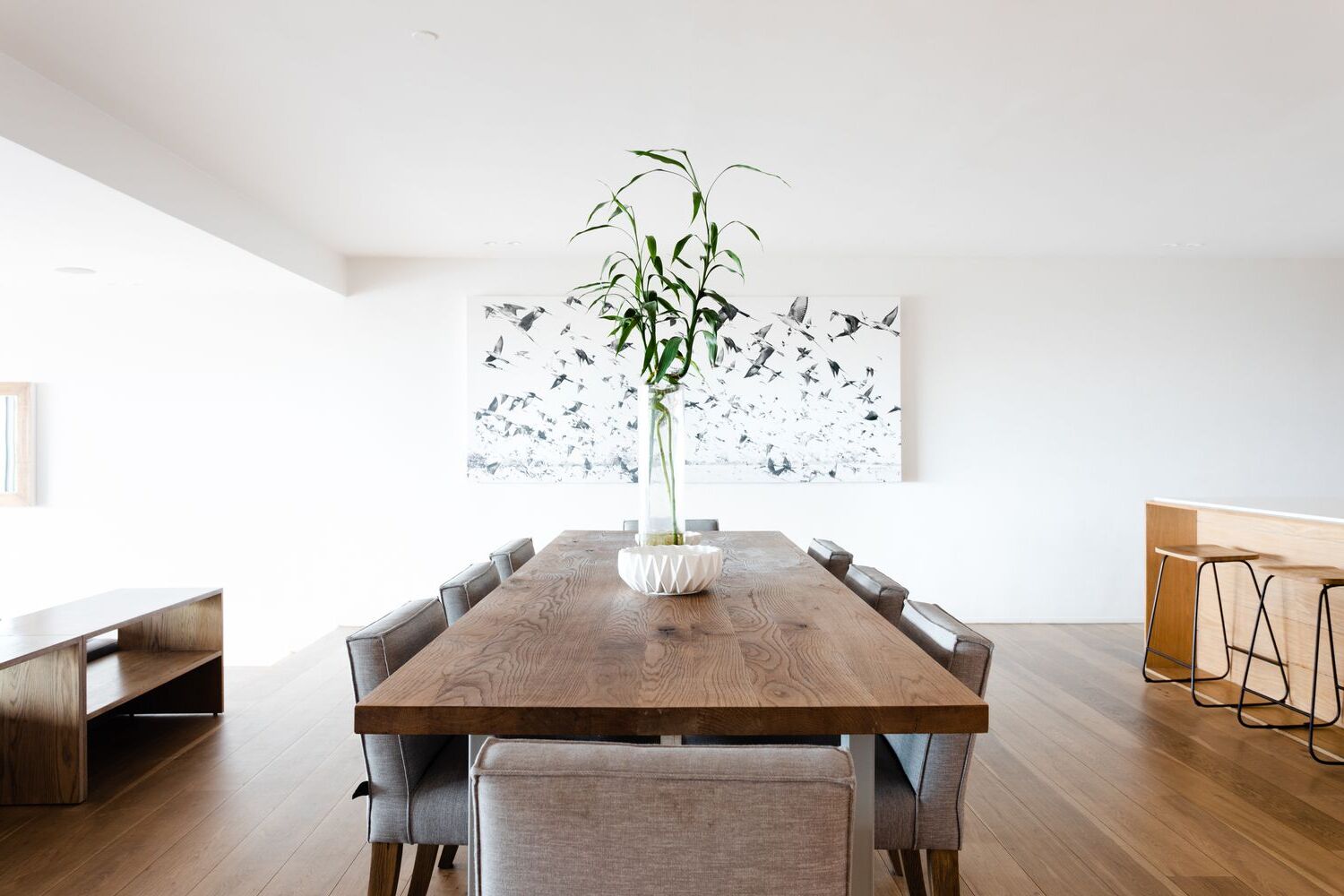

0 thoughts on “Set The Mood With Magical Lighting Techniques”